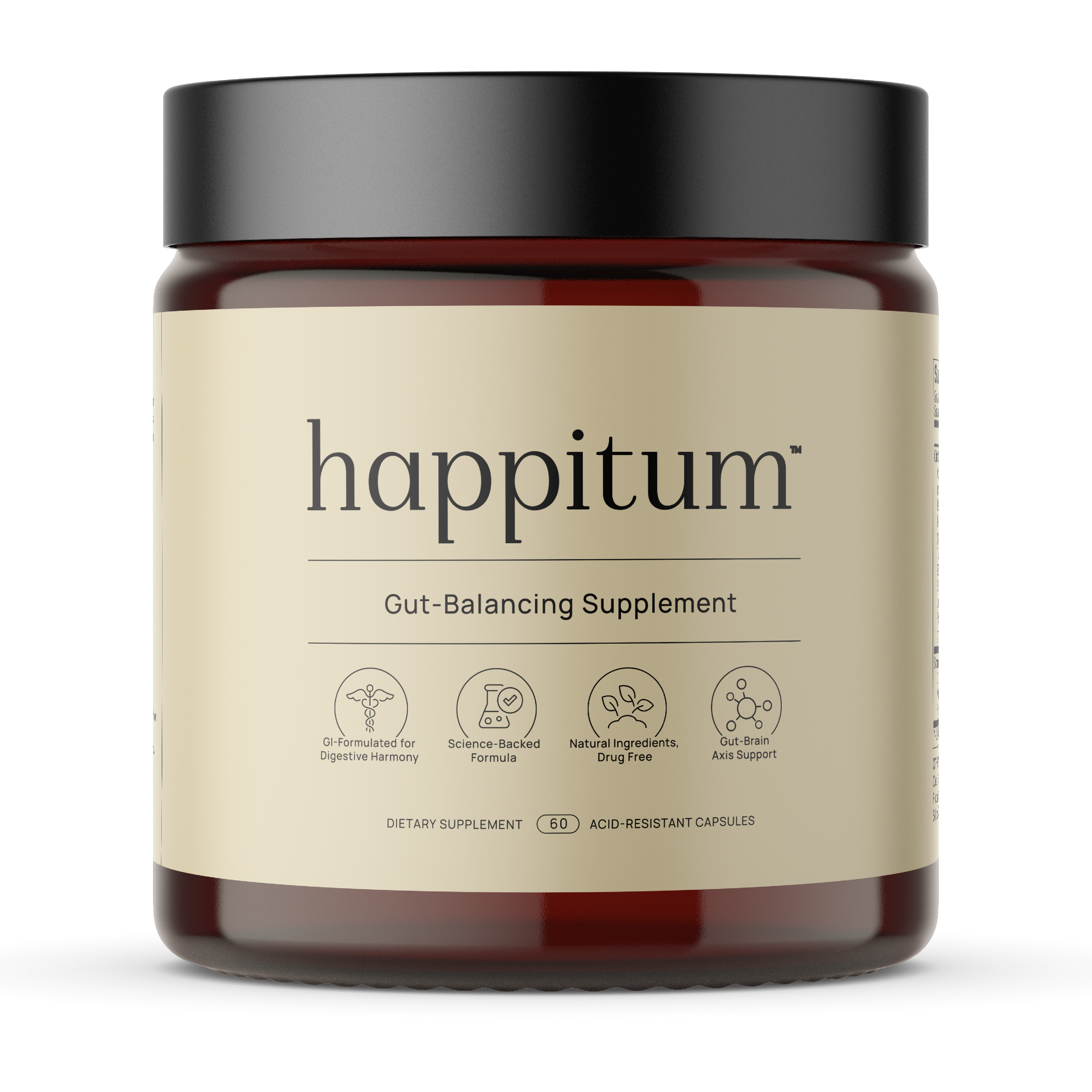How to identify bloating and fat, and what can you do about it?
Understanding the Difference In Between Bloating and Fat: an Essential Overview for Digestive Health And Wellness
Understanding the difference between bloating and excess body fat is critical for anybody concerned with digestive health and wellness. While bloating presents as a short-lived and often uneasy condition, usually connected to nutritional practices or digestion disruptions, body fat stands for a much more irreversible adjustment in one's physique.
Specifying Bloating and Fat
Bloating and fat are two distinctive physiological phenomena that can considerably impact a person's convenience and body photo. Bloating is typically a short-term incident and can fluctuate throughout the day, frequently resolving with lifestyle changes or clinical interventions.
In contrast, body fat is an extra irreversible and secure element of human physiology, primarily working as a power reserve and playing crucial functions in hormonal agent policy and insulation. Body fat is identified right into two kinds: subcutaneous fat, which exists just below the skin, and visceral fat, which surrounds inner body organs. While excess body fat can lead to health difficulties, it is crucial for general physical features.

Root Causes Of Bloating

Additionally, food intolerances, such as lactose or gluten intolerance, can lead to bloating when the body struggles to process certain compounds - bloating and fat. Eating also quickly or eating carbonated drinks can additionally aggravate the issue, as these habits introduce excess air into the digestion system
Way of living factors, consisting of stress and anxiety and lack of exercise, can further add to bloating by affecting gut motility. Certain medical conditions, such as cranky digestive tract disorder (IBS) or intestinal obstruction, might also cause persistent bloating. Comprehending these reasons is necessary for effectively taking care of and minimizing bloating, allowing people to make enlightened dietary and way of life selections that support their gastrointestinal wellness.
Symptoms of Bloating vs. Fat
Comparing the signs and symptoms of bloating and excess fat is crucial for comprehending one's body and dealing with discomfort successfully. Bloating commonly offers as a feeling of fullness or stress in the abdomen, frequently gone along with by noticeable distension. People might experience discomfort, cramping, and even pain, specifically after dishes. Bloating can also result in extreme gas, causing burping or unwanted gas.
On the other hand, excess fat manifests in a different way. While it might add to a feeling of heaviness, it typically does not produce the acute pain connected with bloating. Rather, excess fat has a tendency to gather slowly, leading to a modification in body shape and dimension with time. People may see an increase in body circumference, particularly around the midsection, but this does not normally present with the instant sensations get more of volume or distension.

Acknowledging these distinctions is essential. While bloating is often momentary and connected to nutritional variables or gastrointestinal issues, excess fat suggests an extra persistent problem calling for way of life modifications. Recognizing these signs and symptoms empowers individuals to seek ideal solutions tailored to their particular concerns regarding digestive system wellness and body composition.
Handling Bloating
Efficient management of bloating calls for a complex strategy that addresses both dietary selections and lifestyle behaviors. Initially, it is vital to identify and remove details foods that may activate bloating, such as those high in fiber, gluten, lactose, or specific fermentable carbohydrates (FODMAPs) Maintaining a food diary can assist identify these triggers and overview modifications.
Including smaller sized, a lot more regular meals instead of large ones can also minimize bloating, as it eases the digestion procedure (bloating vs fat). Staying well-hydrated is critical, as enough liquid consumption official source aids digestion and assists avoid bowel irregularity, which can contribute to bloating
In addition, participating in routine physical activity promotes stomach mobility and decreases bloating. Basic exercises, such as walking or yoga exercise, can effectively reduce pain. Conscious eating techniques, such as eating slowly and eating food completely, may even more enhance digestion and limit air swallowing.
When to Look For Aid
Identifying when to seek medical help for bloating is crucial, as consistent or extreme signs may suggest an underlying wellness problem. If bloating is gone along with by extra worrying symptoms such as substantial abdominal discomfort, unexplained weight loss, rectal bleeding, or continual queasiness and vomiting, it is essential to get in touch with a health care professional. These signs might suggest conditions such as irritable bowel syndrome, intestinal obstruction, or even more severe problems like cancer cells.
Additionally, if bloating lingers despite dietary modifications or over the counter remedies, it calls for more investigation. Individuals with a history of food poisonings must be specifically attentive, as their risk for problems may be higher. In addition, if bloating happens adhering to the intake of certain foods, it might indicate food intolerances or allergies that require dietary modifications or testing.
Verdict
In summary, distinguishing in between bloating and excess body fat is important for digestive wellness and general wellness. Bloating, a temporary problem often connected to nutritional aspects and gastrointestinal concerns, contrasts sharply with the secure accumulation of body fat. Identifying the signs and underlying reasons for each can help with suitable administration methods. Individuals experiencing page persistent or severe signs and symptoms ought to look for specialist support to resolve possible health and wellness concerns efficiently. Understanding these distinctions is essential for informed decision-making regarding health and lifestyle.